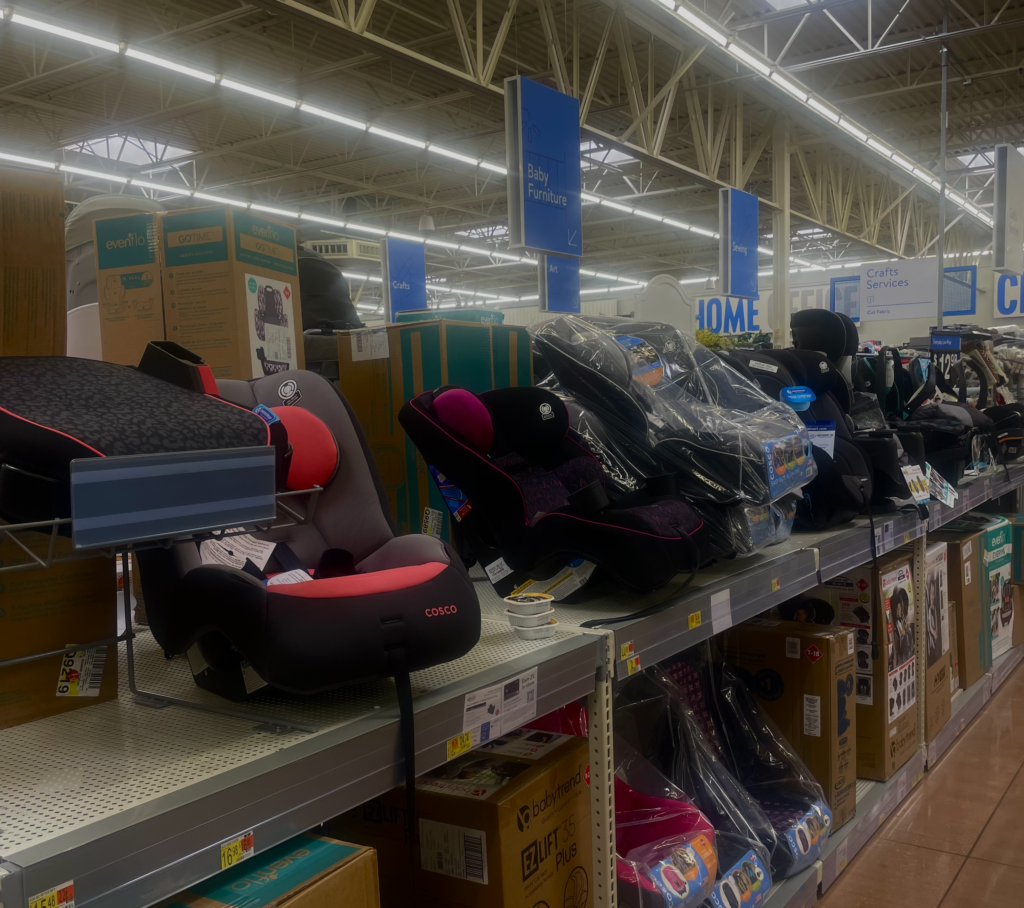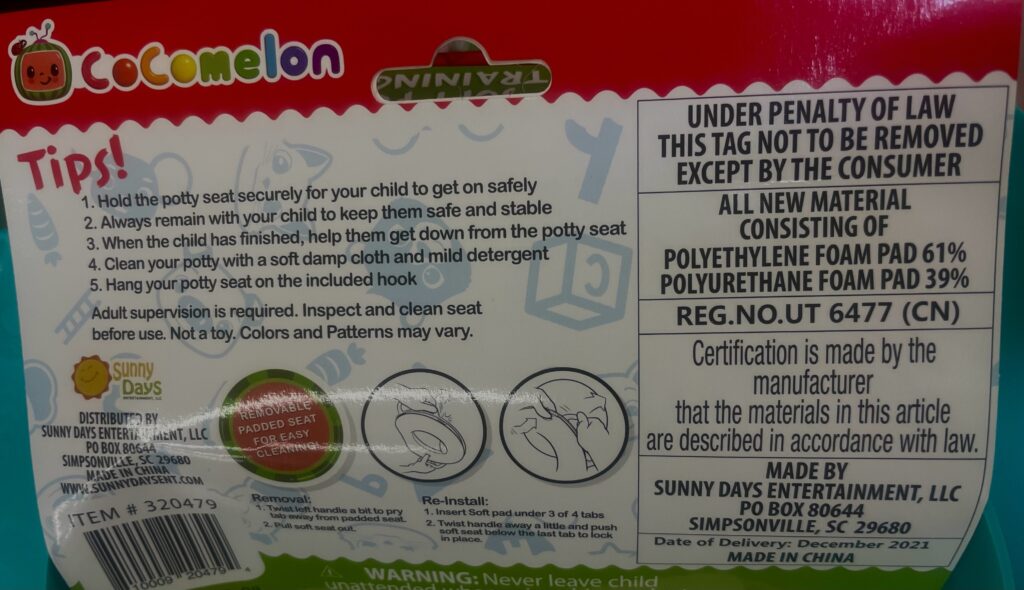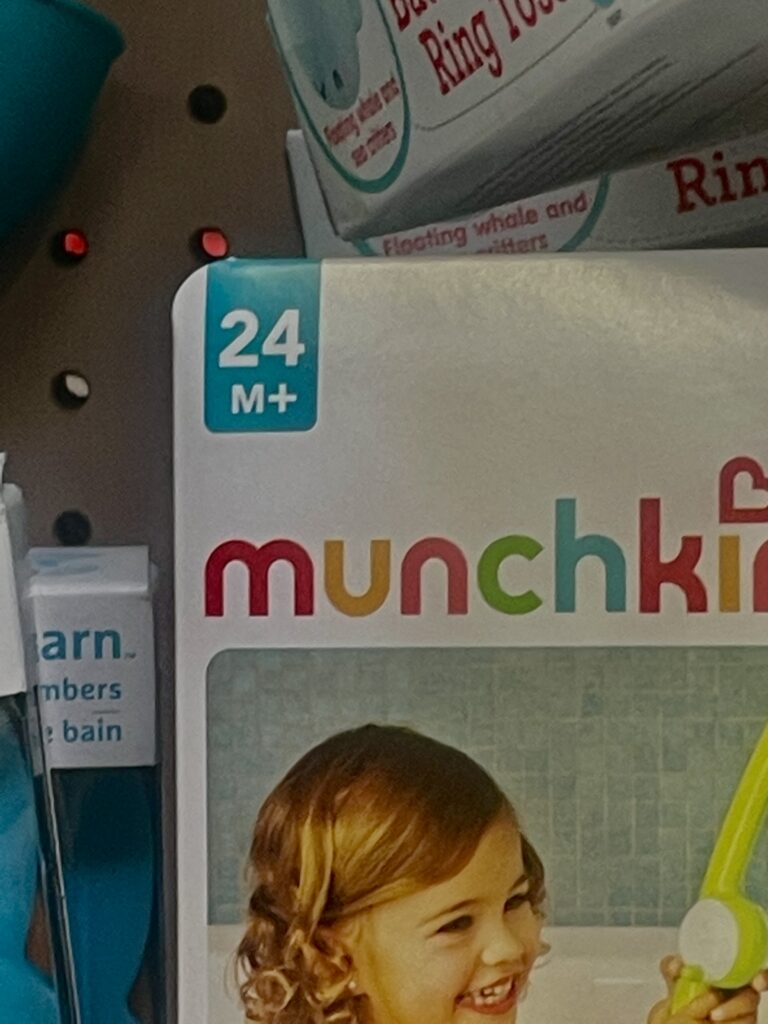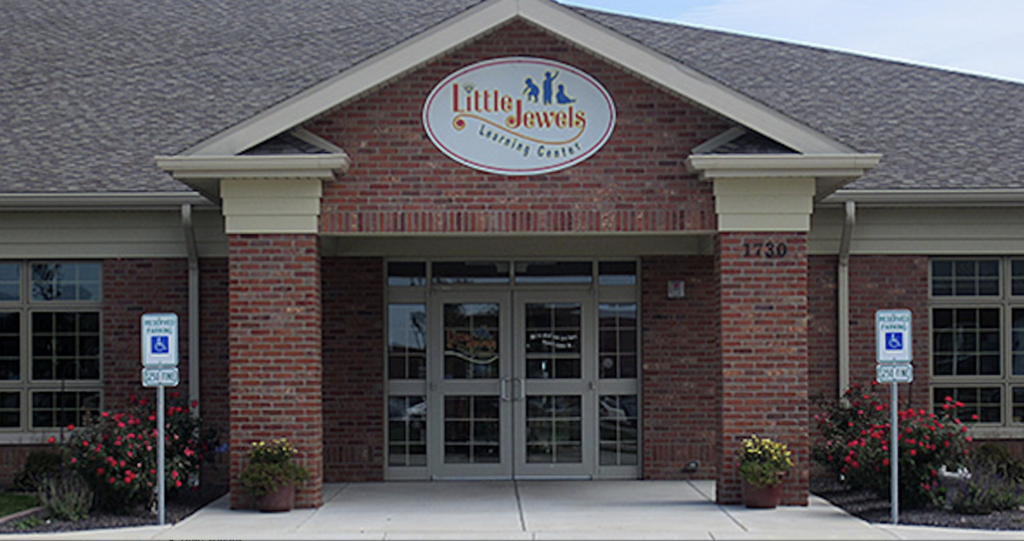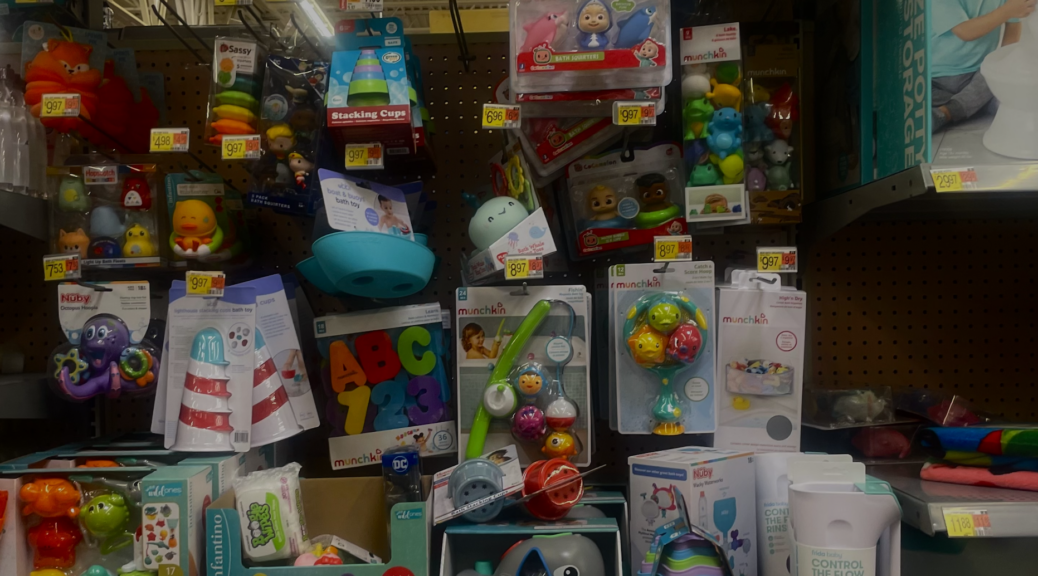
Children’s product recalls from January through April of 2023
Products are recalled when there is a safety risk or violation. The Consumer Product Safety Commission is the government agency that orders consumer product recalls.
From January through April of 2023, the United States CPSC recorded a total of 70 product recalls.
In this time span, 27 children’s products were recalled. The causes include: flammability and burn hazard, choking hazard, lead and chemical exposure, fall hazard and risk of head injury.
Kat Hutchison, a teachers assistant at the Child Development Center in Kent, says children are most susceptible to safety hazards.
“I don’t think children should be marketed to at all. We take a lot of caution since we’re in charge of so many kids,” Hutchison said. “Covers on outlets, no sharp objects, a fenced-in play area, and we do documentation for any incidents.”
Any product can cause a hazard, but are recalled when they violate safety standards.
“Kids fall all the time and get hurt. Children choke, on food and objects, because they don’t know or understand how to fully finish chewing,” Hutchison said.
Many things can be hazardous to a small child.
“I don’t think children should be marketed to at all”
Kat Hutchison, teacher’s assistant at the Child Development Center.
Products that contain hazards such as choking, flammability, etc. can lead to serious injury or death.
Of the 70 product recalls in the past four months, 39 percent fit into the child-marketed category. While it is good that these products have been recalled, why have so many child products been recalled?
From January to April of 2023, the flammability and burn hazard was the leading cause of child product recalls. All 17 recalls are forms of children clothing, such as pajamas, pants and robes. The only difference from other flammability related recalls is that these specifically have the word “children’s” in the product title. Aside from children’s products, only one flammability hazard was reported in the CPSC’s data, which was an adult clothing product.
The law places children’s products into a different category, labeling them as a consumer product designed or intended primarily for children 12 years of age or younger. There are also identifiers for companies to determine if their products are suitable for 12 years or younger. The factors considered are: a statement by the manufacturer about the intended use of the product, including a label on the product, whether the product is represented in its packaging, display, promotion, or advertising as appropriate for use by children 12 years of age or younger, whether the product is commonly recognized by consumers as being intended for use by a child 12 years of age or younger and the Age Determination Guidelines issued by the Commission staff in January 2020, and any successor to such guidelines.
Children are also susceptible to hazards more than people ages 12 and up. The choking hazard in products is targeted towards children’s safety. The label rule applies to products that are intended for children under the age of three.
Certified Nursing Assistant at Cox North Hospital of Springfield, Megan Alagna says she has witnessed children coming into the hospital due to swallowing parts of a product.
“Nothing was severe, however children are so small that it’s very dangerous and sends the families into panic.”
Megan Alagna, CNA at Cox North Hospital
Alagna said that it’s common for children to play a board game, or with any small toy, and put it in their mouth.
“After seeing it happen, I definitely think that product manufacturers need to keep in mind how easy it is for a simple product to become dangerous for a small child,” Alagna said. “Size especially is a big factor, as anything too small is automatically a choking hazard with kids. Nothing was severe, however children are so small that it’s very dangerous and sends the families into panic.”
The second leading cause of children product recalls was the choking hazard, with six recalls in four months. This one varied in products, including cribs, bottles, pacifiers and toys.
The CPSC defines the choking regulation by clarifying what qualifies as a small part. A small part is any object that fits completely into a specially designed test cylinder 2.25 inches long by 1.25 inches wide that approximates the size of the fully expanded throat of a child under three years old. They also state that a small part isn’t just the toy itself, but also a separate part of a toy, game, or other article or piece of a toy or article that breaks off during testing that simulates use or abuse by children. Each small part of a children’s product must pass those regulations.
Jennifer Barsz is a mother of four and is currently working with a company called Foxtail to develop a line of children’s clothing. When shopping for her kids, she still looks at the products carefully despite them passing regulations.
“I always look to buy from reputable children’s brands. It’s sad that so many have been recalled, but so many of our products are produced overseas,” Barsz explained. “I look to see if it’s small and they could choke on it. Are there little parts that could come off? Could it be toxic if they put it in their mouths? Unfortunately, there aren’t as many regulations in the United States. It’s unfortunate that the item isn’t recalled until a child is hurt, and then it is finally looked at.”
Now that she’s working with a children’s brand, she keeps the same factors in mind.
“It’s really important to stay up to date on child safety. It helps to stay connected to others to keep in the know,” Barsz said. “Join FaceBook groups, listen to podcasts. We are our children’s best advocates. It’s important to stay informed.”
“I look to see if it’s small and they could choke on it. Are there little parts that could come off? Could it be toxic if they put it in their mouths?”
Jennifer Barsz of Foxtail and mother of four
Choking was not the number one cause of child-product recalls. The flammability and burn hazard was the most common regulation. This hazard was most applied towards children marketed clothing, especially children’s sleepwear.
Hannah Lynch is an assistant teacher at Little Jewels Learning Center in Bloomington. She goes through the list of safety measures they follow to ensure the children are safe, and how they choose what products are suitable for all kids.
Due to the unpredictability of children’s products suitability for each individual, Lynch explained that most of the products must be supplied through the child’s guardians. This includes products such as diapers and diaper creams, because other children could be sensitive to others products.
“Anything can be a hazard for a young child. Each classroom has a teacher:student ratio because they can never be unsupervised,” Lynch said. “I have not experienced a child coming into danger with a hazardous product. However, even a table caused a head-injury. A child was running and hit his head on a table causing an ambulance to be sent to the center.”
Only one product over four months was recalled for a fall hazard, which was a high chair.
“Anything can be a hazard for a young child.”
Hannah Lynch, assistant teacher at Little Jewels Learning Center
